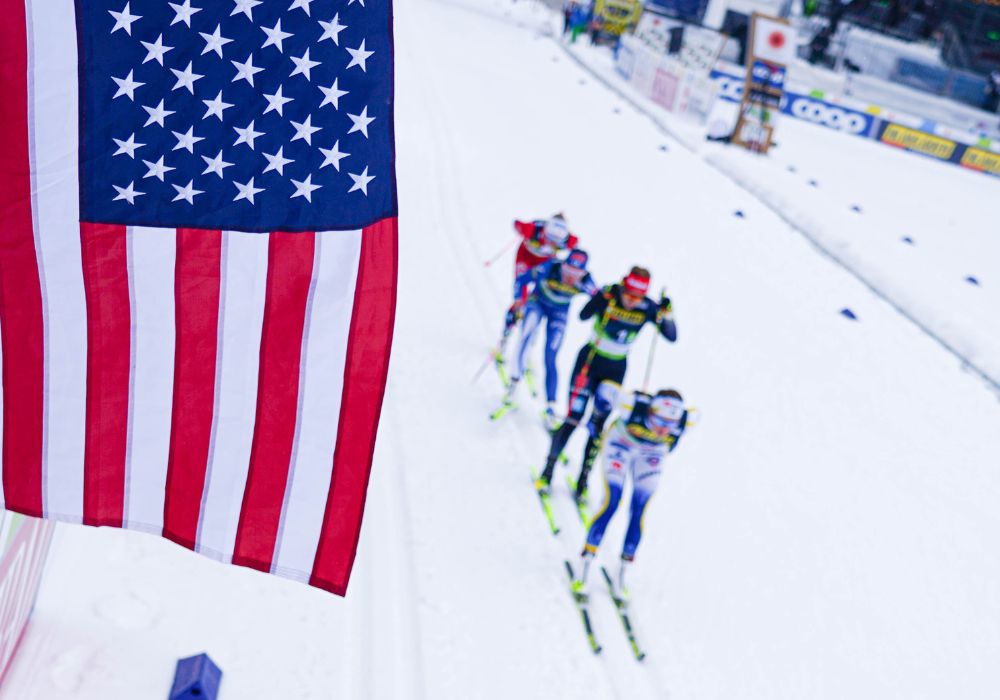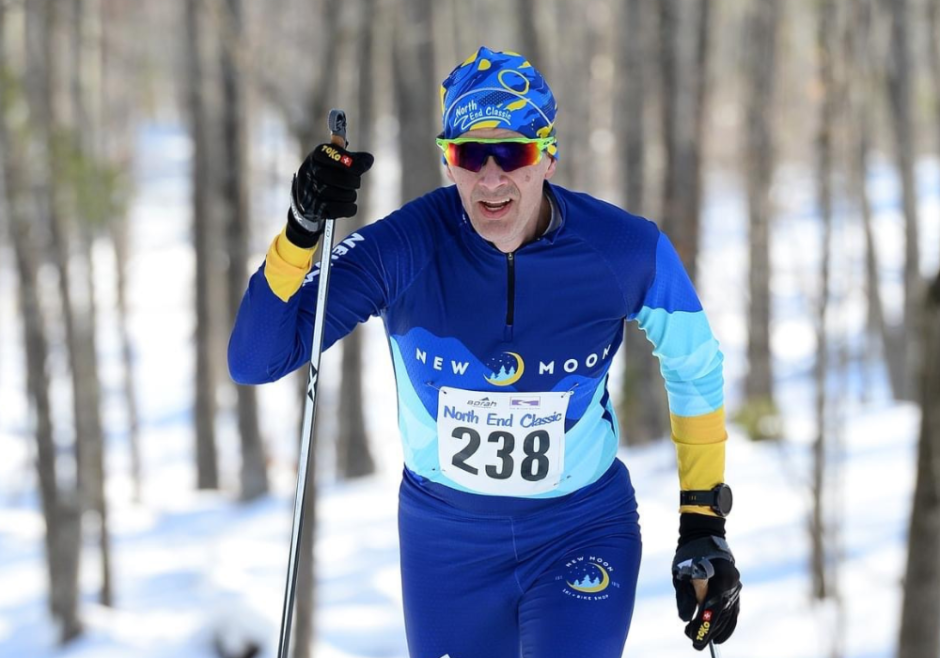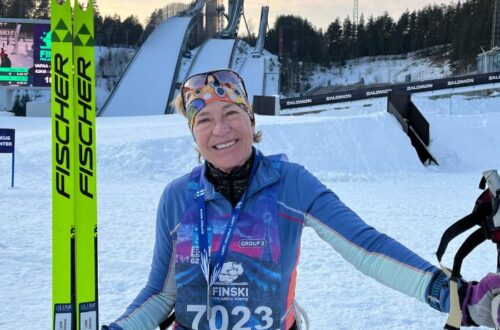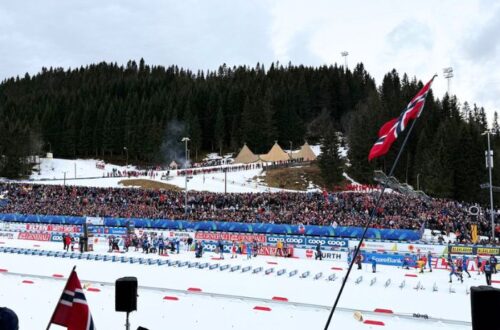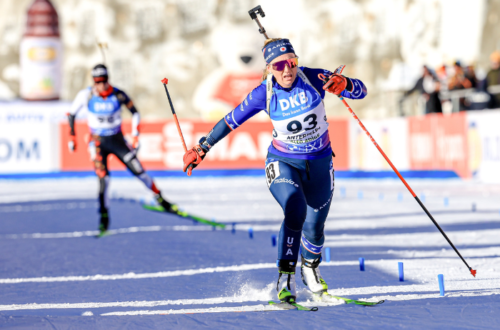Contributors: Joel Harrison (Owner of New Moon Ski & Bike), Chris Hecker (US Ski Team Wax Technician), Mike Mandli (XC Ski Coach)
Article was originally published in the December 2023 issue of Silent Sports Magazine.
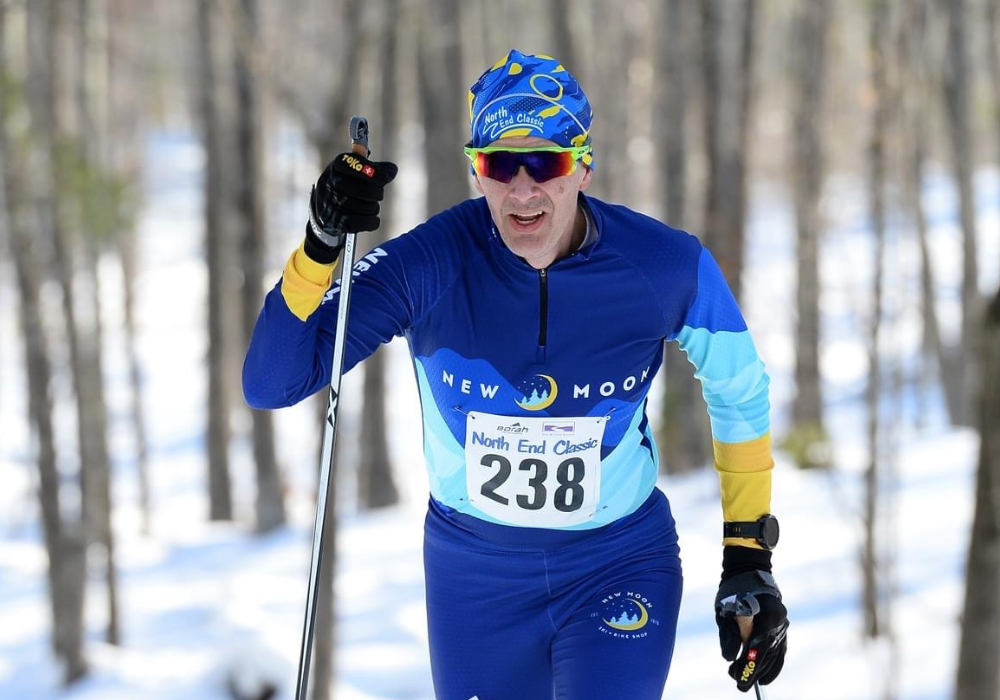
The story is about XC ski training during the months of December and January. Silent Sports has had stories on summer and fall dryland training but don’t often see a story about excellent training/skiing routines as the ski season and ski race season get underway. For example – how to stay sharp, improve, keep rested, build up on the Ks, and then peak for the Big Dog – the Birkie.
In-Season Training Can Benefit Skiers of All Abilities
Training is the most important part of an event when you are an athlete. It helps you become stronger and faster, build endurance, and prevent injuries – no matter what sport you are participating in. When it comes to cross-country skiing, a training program is helpful, whatever your proficiency, but that will look a little bit different depending on what level you are skiing at and what your goals are.
More power to those folks who get their skis on for the first or second time the whole winter the morning of the Birkie and take off down the trail, but most of us need some time to work up to our biggest event of the season. Here is a look at training perspectives for three groups of skiers from three different experts in the heart of Birkie Country!
Beginners – Joel Harrison, owner of New Moon Ski & Bike
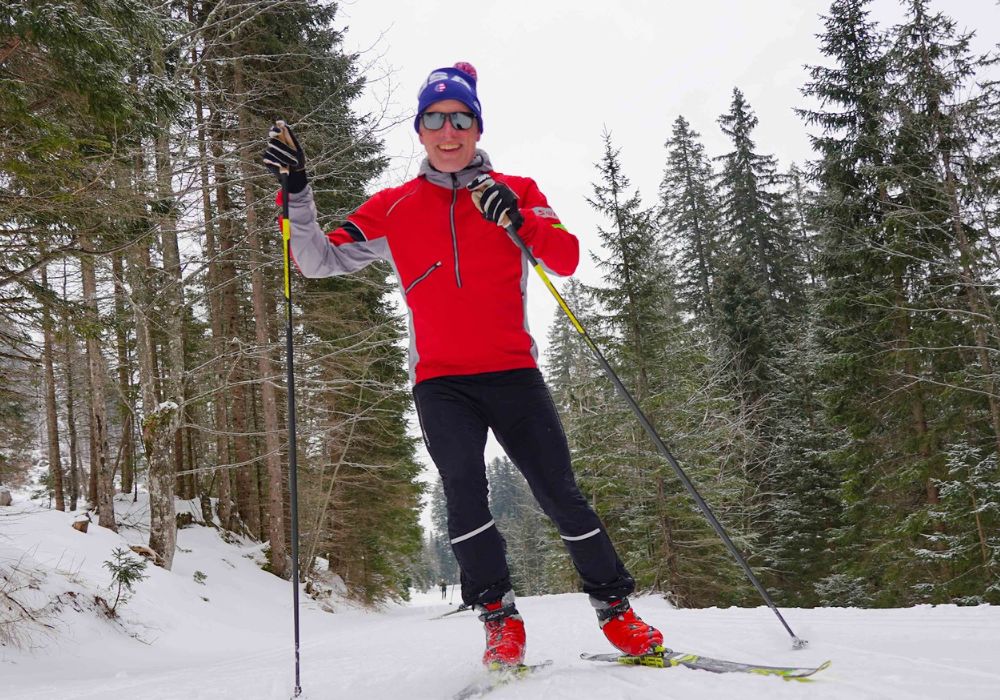
Skiing is a beautiful sport. The environment can be stunning and changeable, and the opportunities to explore new trails and places are extensive. Training for skiing can be arduous. The physical demand for cardiovascular, muscle endurance, and balance is enormous. The season immediately before ski season can have the added difficulties of shorter daylight and colder, wetter weather. Traditional fall training for skiers can consist of trail running, pole hiking, roller skiing, and ski-specific strength work. Some of the sessions for dedicated and goal-oriented athletes can be in conditions that blur the line between fun and suffering.
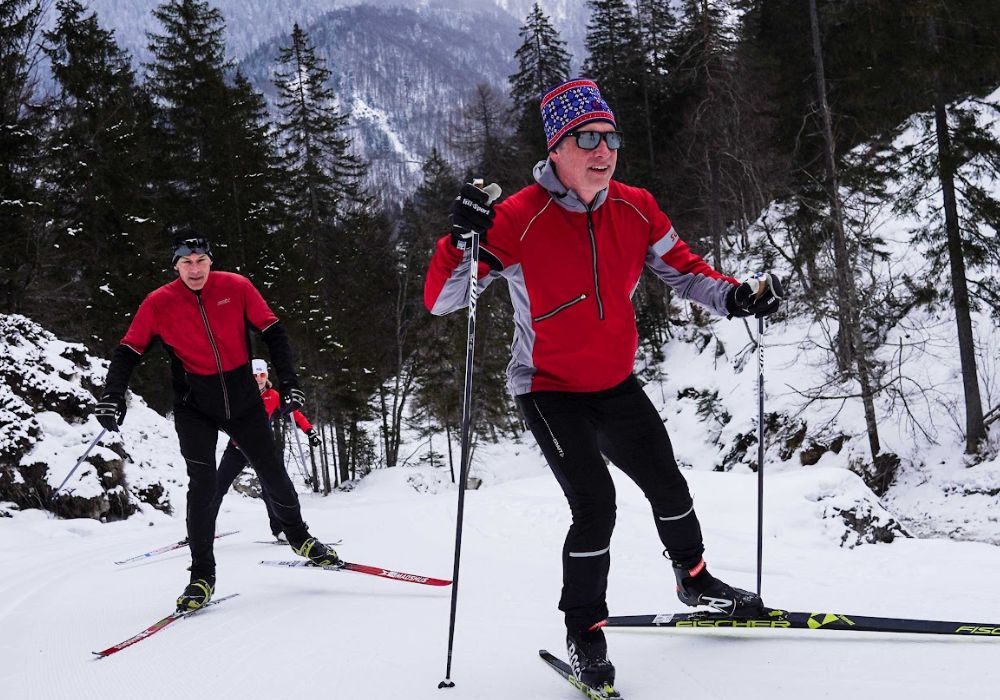
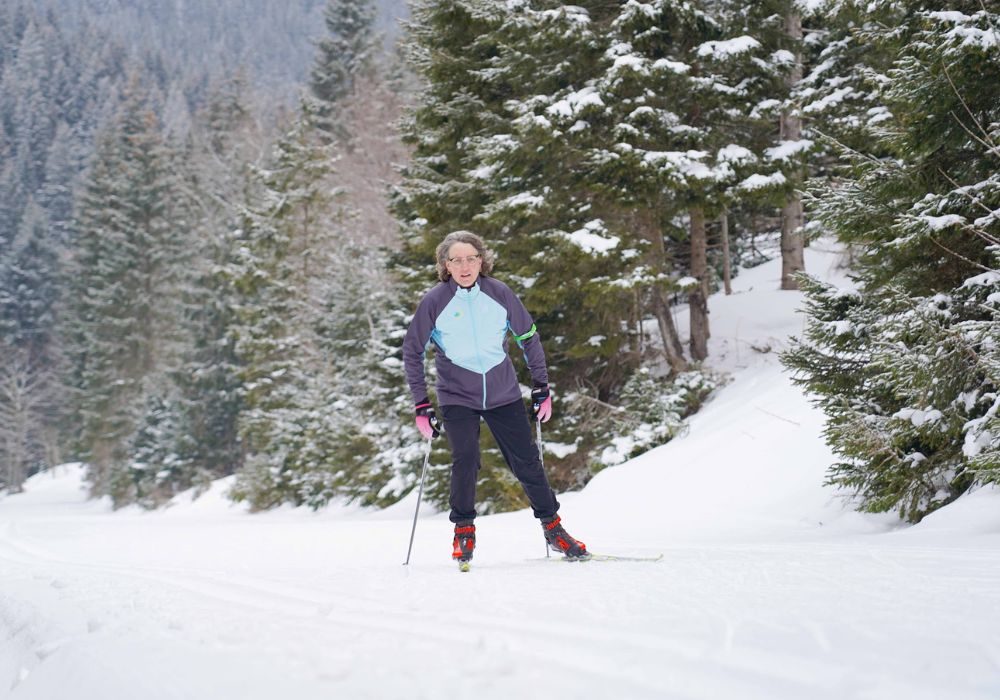
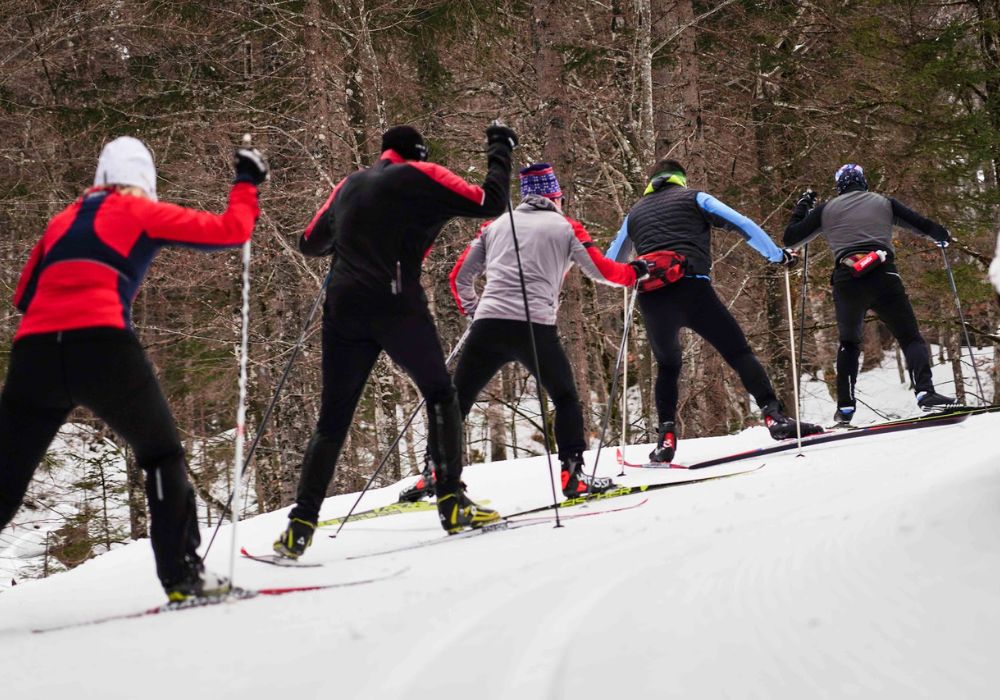
But training for ski season can be beautiful as well. Daily routine is the key – overdoing it once a week and taking a bunch of time to recover is less productive than doing some less strenuous activities every day. Start by walking and doing easy movements. Small improvements in fitness make for unexpectedly wonderful benefits: better sleep, easier movement, improved mood, and a sense of well-being. To make a routine successful for most skiers, it is important to think about what makes it enjoyable. For many, group workouts make getting out the door easier and the sessions more fun. Look in your community for regular group sessions or think of starting one with a few friends. Abilities do not to be equal. Find a pace that all can participate in and then find a hill to do some repeats on. The more fleet can do more reps.
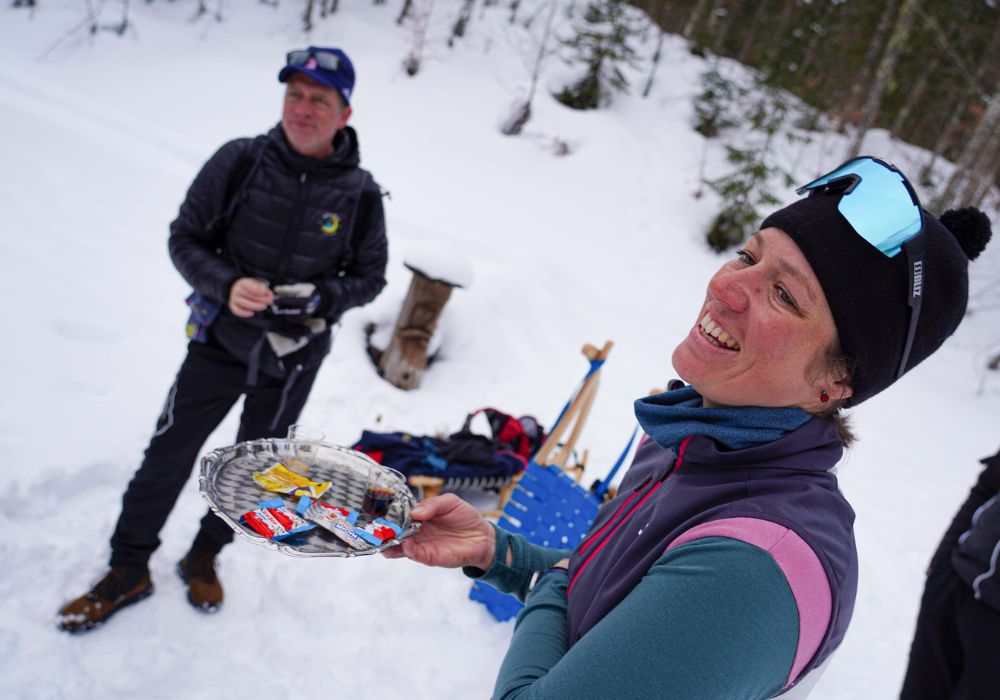
Pack a bag for afterward and some dry, warm clothes. Perhaps some food to pass around and share. Make fun, novelty, adventure, and rest the focus. Find the joy in the activity. A fit body craves exercise and an out-of-shape body dreads it, so be kind to yourself, and remember – it may be hard to start, but is almost always worth it.
Intermediate/Masters – Mike Mandli – XC Ski Coach
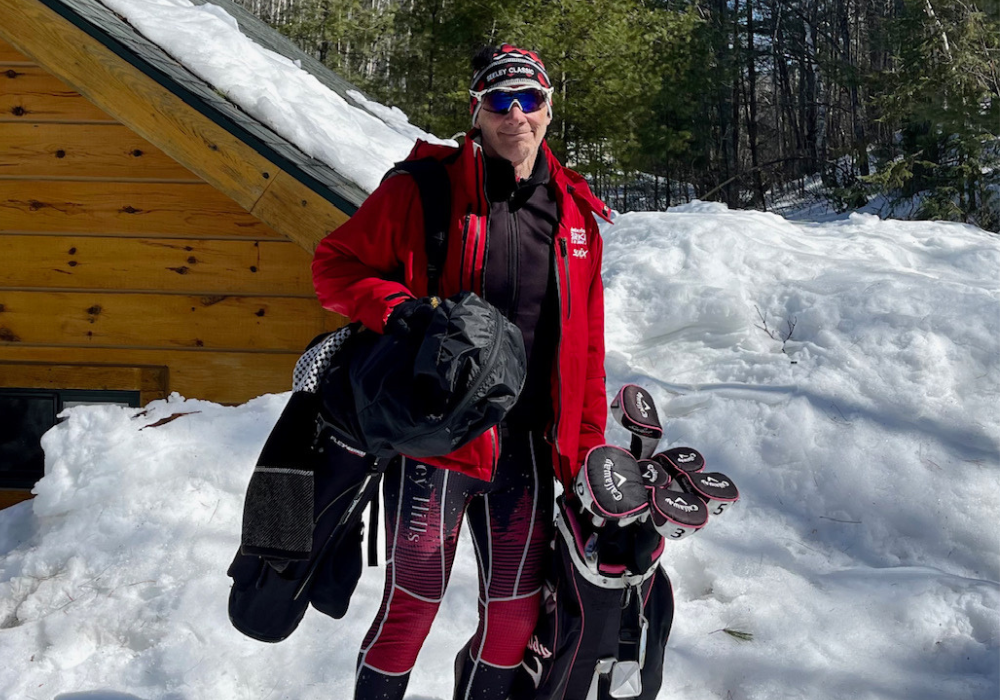
Getting to be a fast cross-country skier requires an athlete to stress and to rest their bodies in a systematic way. Everyone has a unique physiology and each person handles stressors differently. However, a general rule of thumb is that when you build stress and progressively rest into your weekly workouts, you can produce what is called a super-compensation effect that builds endurance and speed throughout a season.
I like to think of my ski training divided up into hard days and easy days. I view the weeks progressively as easy weeks, hard weeks, very hard weeks, and recovery weeks, usually in four-week cycles. Then, I am very specific about what constitutes an easy workout versus a hard workout based on intensity level (how hard you push the effort) and duration (how long you perform the exercise). Each session has an intensity or duration goal and I strive to be consistent in reaching the goals and the number of sessions I do each week.
We all know that duration consists of time on task and with a good watch, you can keep track of your session. Where it gets a little complicated is determining the intensity level you want to maintain for a specific duration. Physiologists talk about training levels; in general, the US Ski Team benchmarks five intensity levels with several gradations within those levels. They usually do testing to get their exact training intensity zones or levels based on heart rate, lactate measurement, respiratory levels, and perceived exertion. For us mere mortals, here is an easy way to find your intensity levels, followed by a week’s training using those levels.
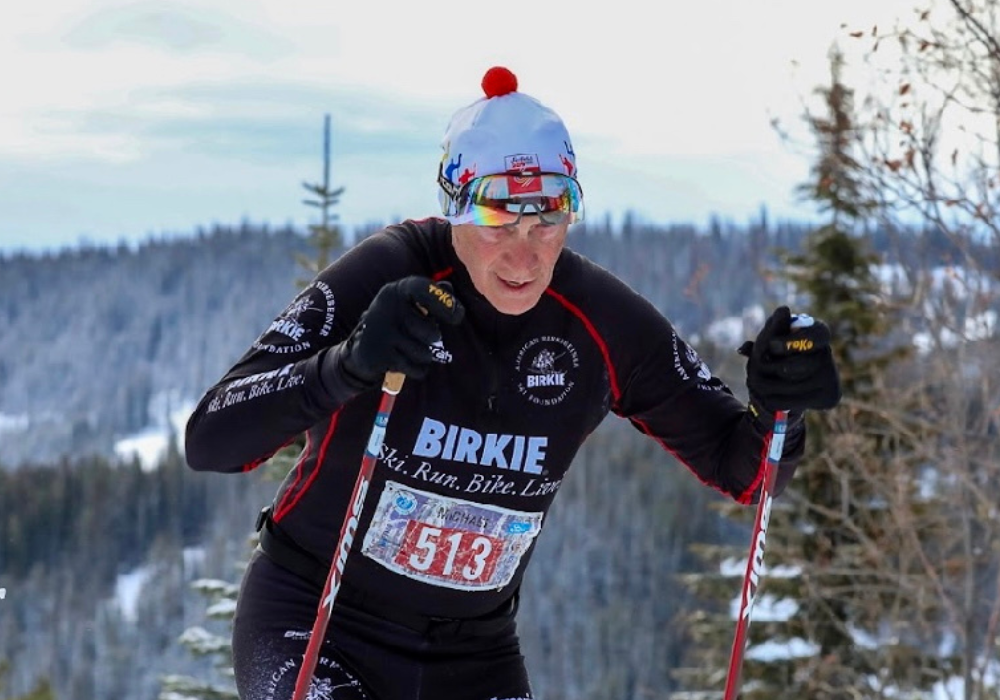
Level 1 – Very easy, aerobic exercise with barely breaking a sweat. At this intensity, you can go for a very long time as long as you stay hydrated and fed. Walking, hiking, easy spinning on a bike, easy running, or very easy roller skiing are examples of L1 intensity. For me, that is at a heart rate below 125 beats per minute (BPM).
Level 2 – Aerobic exercise, where you start to get breathy but can still carry on a conversation. This is scientifically called ventilatory threshold one and produces a little sweat and lactate. In most training paradigms, 80 percent of the workouts are performed at this level or below the ventilatory threshold one. You primarily use fat (lipolysis) as fuel when training at or below this level. For me, that is a heart rate of about 137 BPM.
Level 3 – This is the beginning of anaerobic exercise, where you burn fat and glycogen (glycolysis). An easy way to understand this level is to think of it as your Birkebeiner or marathon race pace. You work hard but can go for a long time with proper fueling, hydration, and glycogen stores. It is an important zone to train a bit, especially if you are doing marathons. For me, it runs up to about 157 BPM.
Level 4 – Very anaerobic exercise at ventilatory threshold 2. This would be your 10K pace and is a significant physiological level to reach on hard-intensity days. For me, this runs into the 160 BPM range and involves an inability to talk very much. Training durations at this level run from 3 to 8 minutes, with 5 minutes often the preferred length with 4 to 6 repetitions.
Level 5 – Sprint work of shorter duration. Think of it as your 60-meter dash. This works the creatine phosphate system.
Here is a model week that uses stress and rest as a guide:
Monday: Rest
Tuesday: Short Level 4 intervals or very short Level 5 over speed work.
Wednesday: Level 1 easy endurance (Strength session for the second workout)
Thursday: Level 4 longer intervals 4×5 minutes
Friday: Rest or level1/2 easy distance (Strength session for the second workout)
Saturday: Long Level 3 intervals 3×8 to 10 minutes
Sunday: Level 1/2 over distance. (Recovery work when focused on L1 only)
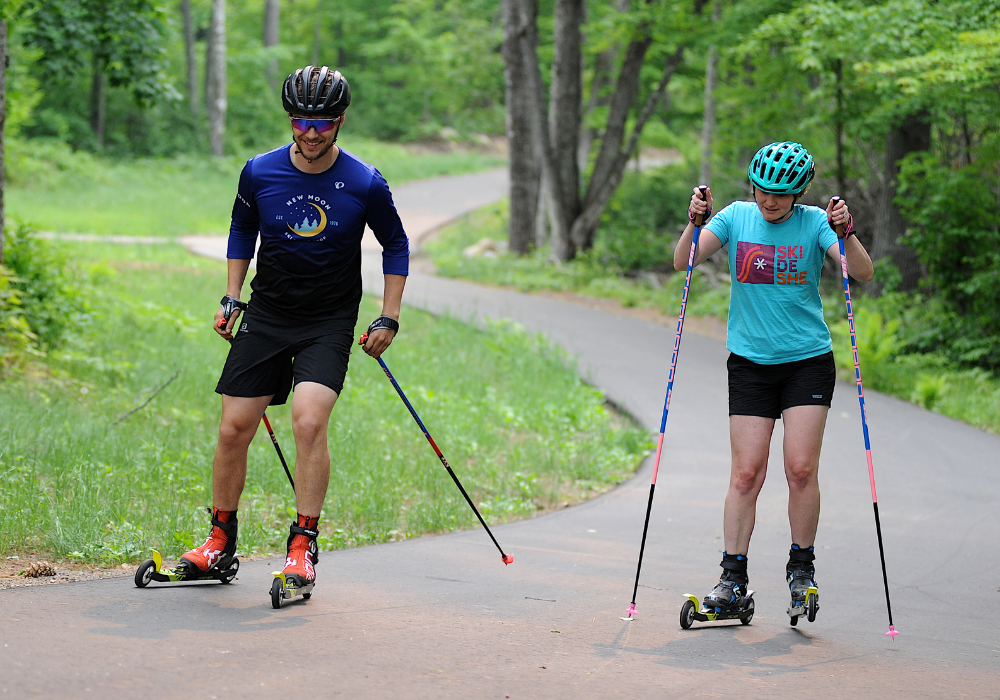
During the summer, I do a lot more L2 work for long distances to help build mitochondria. I maintain this L2 base work into the fall and early winter, adding the intensity sessions shown in the model. A lot or too much intensity for the average skier will bring quick but short-lived improvement. Balancing the amount of stress below and above L2 should be about 80 to 20 percent on the whole season, with racing and time trials counted in that 20 percent. Counting back from your goal race, set up your training weeks in easy, hard, very hard, and recovery cycles to match your racing goal.
Smart training and focused rest are two important pieces to training at a high level. These two work in conjunction with each other to maximize the benefit of individual training periods. High-end, year-round training gets broken down into different training blocks. Basic endurance, otherwise known as volume, is a main focus for the spring and summer. Threshold, which is the rate at which you can sustain a hard effort for a longer period, is focused during summer/fall/winter. Max VO2, otherwise known as full or max effort and can only be sustained for a small amount of time, is focused during the winter race season. At the highest level of training, we break this three-block system into something more in-depth and look into 1- or 2-week blocks instead.
Elite – Chris Hecker, US Ski Team Wax Technician

Using this three-block system, about 85% of our yearly training is at the basic endurance, 10-12% is at the threshold level, and 3-5% is at the Max VO2 level. To handle the threshold and Max VO2 level training, we need a strong base to recover between each specific training event.
Focused rest is making sure to take care of your body physically, emotionally, and mentally. Many instances of overtraining are not due to physical workload but to the added emotional or mental stressors that life throws at you. Mental stress can be from everyday life activities and life decisions. Emotional stress can come from work and life relationships. The more emotional and mental stressors that you have, the harder it becomes to relieve the body from physical stress. Focused rest is a key to smart training and smart training is a key to focused rest. Planning high-volume threshold workouts around less stressful periods of life (i.e, avoiding the holiday season or busy work weeks) is one way of incorporating smart training and reducing outside stressors. It is the same with high basic endurance/volume weeks during the summer (i.e, avoiding family vacations or stressful environments as much as possible).
In conclusion, there are all kinds of training regimens for all kinds of cross-country skiers, whether you are headed for the podium or a seat around the fire after a day playing in the snow. But no matter your level, a training plan’s main purpose is to keep the athlete healthy and help them reach their full potential. Find a program you enjoy that helps you get results and gets you out on the snow every day. Find the joy – as Joel says – you’ll meet your goals and be a fit skier for life.
